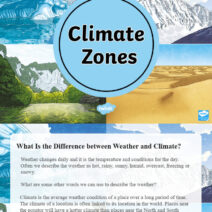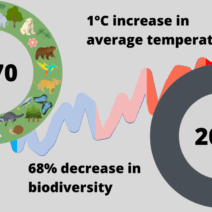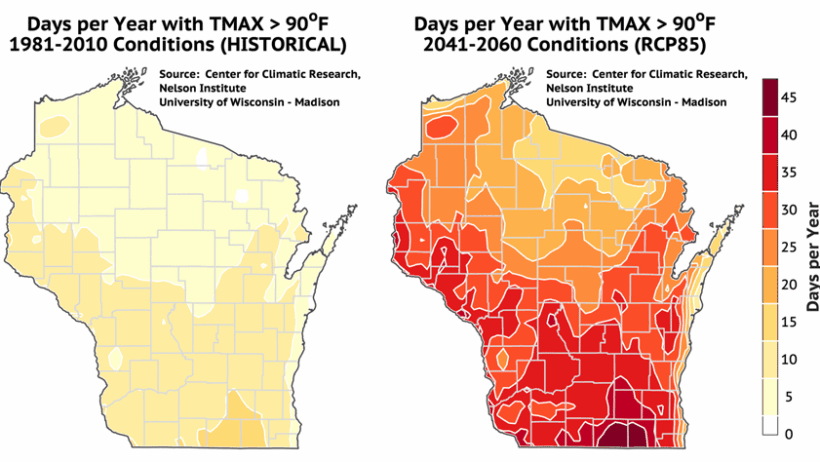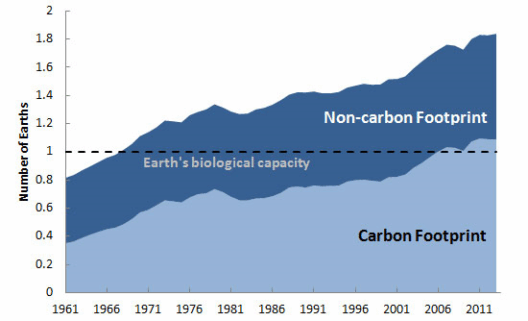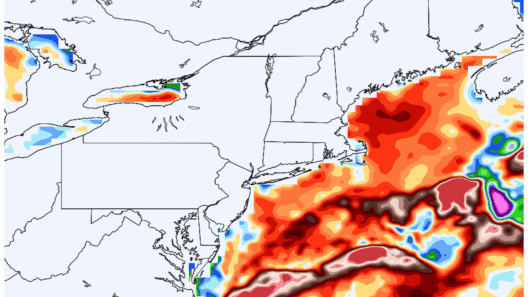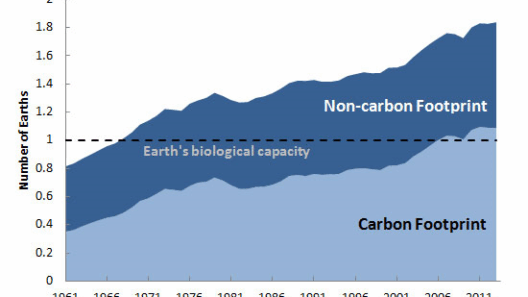Wisconsin is a state known for its diverse landscapes, from rolling hills to expansive forests and, of course, the Great Lakes. The climate of Wisconsin is as varied as its topography, exhibiting a continental character that results in dramatic seasonal changes. This fluctuation between frozen lakes in the frigid winters and sweltering heat in the summer months encapsulates the state’s dynamic meteorological personality.
Understanding Wisconsin’s climate necessitates an exploration of its geographical positioning, climate zones, and the factors that influence its weather patterns. Nestled in the Midwest region of the United States, Wisconsin experiences a blend of continental and maritime influences, primarily from its proximity to Lake Superior, Lake Michigan, and the surrounding areas. These lakes significantly moderate temperatures, affecting both humidity levels and precipitation patterns throughout the year.
The state’s seasonal cycle begins with winter, an imposing force that asserts its presence from late November to early March. The harsh chill that blankets Wisconsin is characterized by substantial snowfall, especially in the northern counties. This white wonderland is both beautiful and formidable, transforming lakes into vast ice-covered expanses and attracting winter sports enthusiasts. Ice fishing, snowmobiling, and skiing are not merely pastimes; they are a significant part of Wisconsin’s cultural identity.
As cold air masses swoop down from Canada, temperatures frequently dip below freezing, with lows reaching sub-zero levels. The typical January weather sees averages around 10°F (-12°C) but can plummet even further. The atmospheric conditions often lead to the formation of frost and sometimes, blizzards, which can create treacherous travel conditions and immense snowdrifts. It is during these wintry scenes that the resilience of Wisconsinites truly shines, as they adapt to face nature’s frigid whims with characteristic determination.
Gradually, as the earth rotates further from its winter slumber, the warmth begins to rear its head, giving way to the vibrant and effervescent spring. March heralds a thaw, but the transition is seldom smooth. Early spring can feature sporadic snowfalls, yet by late April, new life bursts forth as flora awakens from its dormant state, and fauna begins to congregate and flourish. A transformative period ensues, where temperatures steadily rise, with May averaging around 65°F (18°C). It is a time when the once-frozen lakes shed their icy veneers, inviting recreational activities such as boating, fishing, and hiking.
Summer ushers in a stark transformation. The warm months from June through August envelop Wisconsin in lush greenery and generate feelings of vivacity. With average highs ranging from 75°F (24°C) in June to a sweltering 85°F (29°C) in July, the warm season provides ample opportunity for outdoor enjoyment. However, Wisconsin summers can also bring irregular weather patterns, including thunderstorms and severe weather events. The clash of warm and cold air masses can yield powerful storms, especially in late summer, often accompanied by heavy rainfall and, occasionally, hail.
Autumn is a celebratory season, where a tapestry of reds, oranges, and yellows emerges as trees prepare for the coming winter. September and October feature moderate temperatures, with daytime highs averaging around 70°F (21°C) to 60°F (16°C). This seasonal shift also marks the beginning of harvest time for local farmers, highlighting Wisconsin’s vibrant agricultural sector. Events like apple picking and cider tastings become integral components of community life, further binding individuals to the rhythms of nature.
However, the shifting climate in Wisconsin cannot be overlooked. With the broader context of climate change overshadowing the patterns we have come to expect, the state is witnessing alterations in its meteorological norms. Warmer winters, erratic precipitation, and intensified extreme weather events are becoming increasingly prevalent. The implications for agriculture, health, and ecosystems are profound, prompting discussions about sustainability and adaptation strategies.
One of the most pressing concerns is the impact of increasingly warm winters on ice cover for lakes. The reduction in ice cover not only affects local fisheries but also disrupts traditional leisure activities such as ice fishing and snowmobiling. Concurrently, the summers are experiencing a shift towards more frequent and intense heatwaves, challenging Wisconsin’s residents to adapt to prolonged periods of high temperatures, which can exacerbate heat-related illnesses.
Preserving the delicate balance of Wisconsin’s natural environment is imperative for future generations. Efforts to mitigate the effects of climate change are underway, with initiatives aimed at reducing carbon emissions, encouraging renewable energy use, and fostering community-level awareness. The collective actions taken today will be pivotal in safeguarding the state’s rich biodiversity and ensuring that future winters, springs, summers, and autumns remain as formidable and enchanting as they have been throughout history.
Wisconsin’s climate is a narrative of contrasts and a meditation on adaptive resilience. Its frozen lakes affirm the beauty of winter, while summer’s warmth reminds us of the vibrancy of life. Each season invites reflection on our shared responsibility to protect this magnificent environment. It serves as a reminder that understanding climate is not merely about observation; it is about action, advocacy, and maintaining equilibrium in the face of inevitable change.

